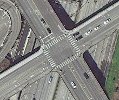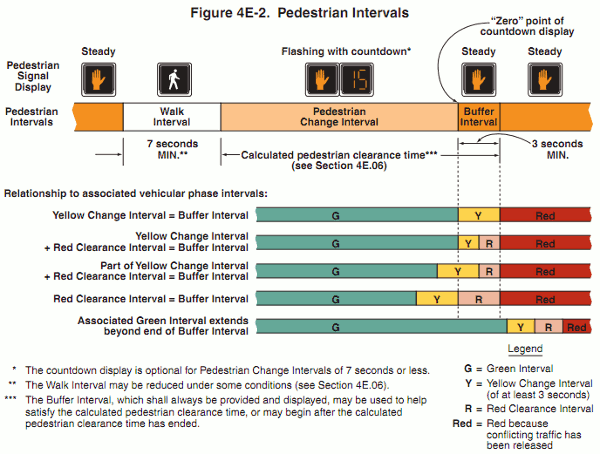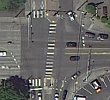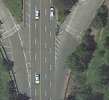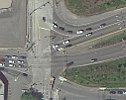A new local campaign hopes to improve pedestrian safety at intersections by making all traffic light intersections turn in to “all-way walk”.
An all-way-walk signal allows pedestrians to cross streets in all directions with no vehicle traffic. However, the drawback is that pedestrians have to wait through two light cycles, one for each direction of vehicle traffic.
This group is on Facebook as “Seattle Campaign for Pedestrian-Safe ‘All-Cross/Walk Intersections’.
The city of Denver, as well as parts of San Francisco, have many more all-way walks than Seattle does. The Seattle Department of Transportation installed a couple all-way walks along 1st Ave within the past couple years, to go along with 1st and Pike downtown and Alaska Junction in West Seattle as the more prominent all-way walk intersections in the city.
The campaign says:
This common-sense safety campaign seeks “ALL CROSS/WALK” signal lights at signal light intersections in the city of Seattle.
ALL CROSS/WALK signal light intersections SAVE LIVES.
To help make the ALL CROSS/WALK intersections workable we’re asking the Council & Mayor to authorize the DOT to install NO TURN ON RED DURING PEDESTRIAN WALK TIME signs @ each intersection the DOT changes to all cross/all walk intersections.ALL WALK/CROSS intersections are a COMMON SENSE, SAFETY FIRST solution to Seattle’s EXTREMELY DANGEROUS INTERSECTIONS . The current system preferred by Seattle’s DOT allows drivers to be moving behind and simultaneous to pedestrians – for pedestrians – especially those with babies, toddlers, children, seniors, the disabled, and the elderly, it’s horrific and frightening.
The group suggests the intersections of 23rd Ave S & Yesler and Madison & Boren as the first two intersections for implementing an all-way walk.
On the other side of the issue, SDOT says that implementing all-way walks would slow down traffic significantly. In fact, SDOT studied 70 signals in the downtown retail core and found that pedestrians and motorists would experience a significant delay at these intersections and at other nearby intersections – and that the delay for buses would be even worse.
For my part, I’m not sure that providing an all-way-walk at all intersections would be reasonable, but there are probably some intersections that would deserve it. Maybe some intersections on Capitol Hill, or the center of the Greenwood business district at 85th and Greenwood Ave N.
What do you think – are there other areas that are deserving? Or should all of them get the all-way walk treatment?
[poll id=’16’]

